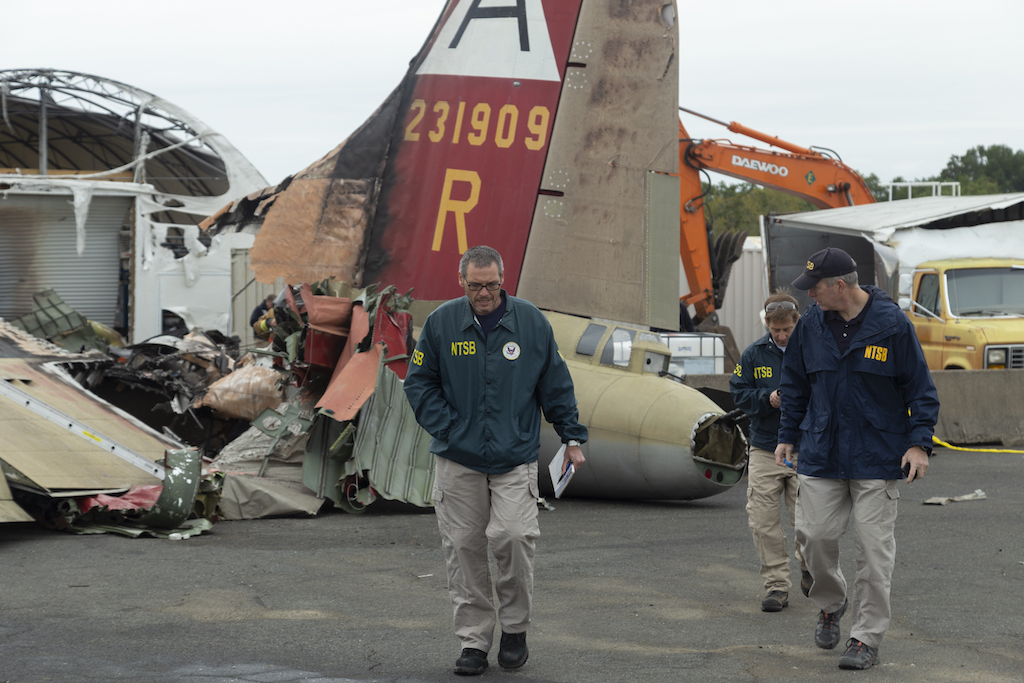
Part 135 air medical provider Jet Logistics has adopted the International Standard for Business Aircraft Operations, a framework for safety and operational processes.
The FAA estimates that about 200 operators either have accepted systems or applied for acceptance under its SMS voluntary program for Part 135 carriers, representing about 10% of the community, judging by numbers that have been made public. The International Business Aviation Council lists 359 U.S.-based operators registered through its International Standard for Business Aircraft Operations (IS-BAO) program, a voluntary standard dating to 2002.
During a session that NBAA held at its Schedulers & Dispatchers Conference in Nashville, Tennessee in January, the relevance of the IS-BAO standard came up. W. Ashley Smith Jr., founder and president of Part 135 air medical provider Jet Logistics, said his company adopted the voluntary standard when it planned to begin flying to Bermuda, which required an internationally recognized SMS.
Jet Logistics had started implementing an SMS through the FAA’s voluntary program but abandoned the effort after finding that it was detracting from the multi-tiered IS-BAO process, he said. Based in Johns Island, South Carolina, the company operates a fleet of 16 Citation, Lear and Hawker jets for patient and donor organ transport.
“What concerns me is that the FAA will do one of two things,” Smith told BCA. “They will either just simply make Part 5 applicable to us, which would make it complicated and overly burdensome, or they will try to mirror something like their voluntary program, which is also complicated and overly burdensome. That’s why I talk about: is there a way we could sell them on IS-BAO, because a lot of industry has already embraced it and already started down that path. The problem is that the FAA does not like to outsource things.”
NTSB’s Most Wanted List

Rolling out the SMS paradigm to all revenue passenger-carrying operations tops the aviation portion of the NTSB’s 2021-23 Most Wanted List of Transportation Safety Improvements. The safety board first recommended that SMS programs be implemented by Part 121 airlines in 2007; it called for the same requirement for public aeromedical helicopters in 2009, Part 135 charter operators in 2016 and air tour operators in 2019. In March 2021, the board adopted an investigative report that recommends SMS programs be required for all moneymaking Part 91 operations, including parachute-jump flights, historic aircraft experience flights and sightseeing balloon trips.
In May 2022, the NTSB issued Safety Recommendation A-22-15, which calls on the FAA to develop guidance on scaling SMS programs “that includes methods and techniques for implementation and specific examples applicable to several operational sectors, including air tours.”
A reference in the SMS proposed rulemaking to a draft revision of AC 120-92, an FAA advisory circular that contains information on scalability, “does not address the call for specificity outlined in Safety Recommendation A-22-15 because it remains too general,” the NTSB states in comments on the NPRM.
Safety Recommendation A-22-15 was one of eight new and several reiterated recommendations the NTSB made following its investigation of the Dec. 26, 2019, collision into terrain of a Safari Aviation Airbus AS350 B2 sightseeing helicopter on Kauai, Hawaii, killing the pilot and six passengers. The board determined that the pilot’s decision to continue flying into instrument meteorological conditions under visual flight rules was the probable cause of the accident. Safari Aviation’s lack of safety management processes to identify hazards and mitigate the risks was a contributing factor.
In its comments on the current NPRM, the NTSB says it “strongly” supports the expansion of SMS requirements to include Part 135 operations “without exceptions for the size of the operator,” as well as to operators conducting air tours under Part 91.147. The board faults the proposed rule for not including other operations under Part 91. “We remain steadfast in the position taken in our [March 2021] special investigation report that SMSs are necessary to improve the safety of all Part 91 revenue passenger-carrying operations, and we urge the FAA to address this omission in the final rule,” the board states.
“The air tours is a good start, but we want to see the rule broadened,” NTSB Chair Jennifer Homendy told BCA. “It is a great first step because it is something we’ve been focused on for a long time, but we’d like to see some additions.”
Sizing Up The SMS Proposed Regulation, https://aviationweek.com/business-aviation/safety-ops-regulation/sizing…

